Home>Storage & Organization>Kitchen Organizing Tools>How Do Kittens Know To Use A Litter Box
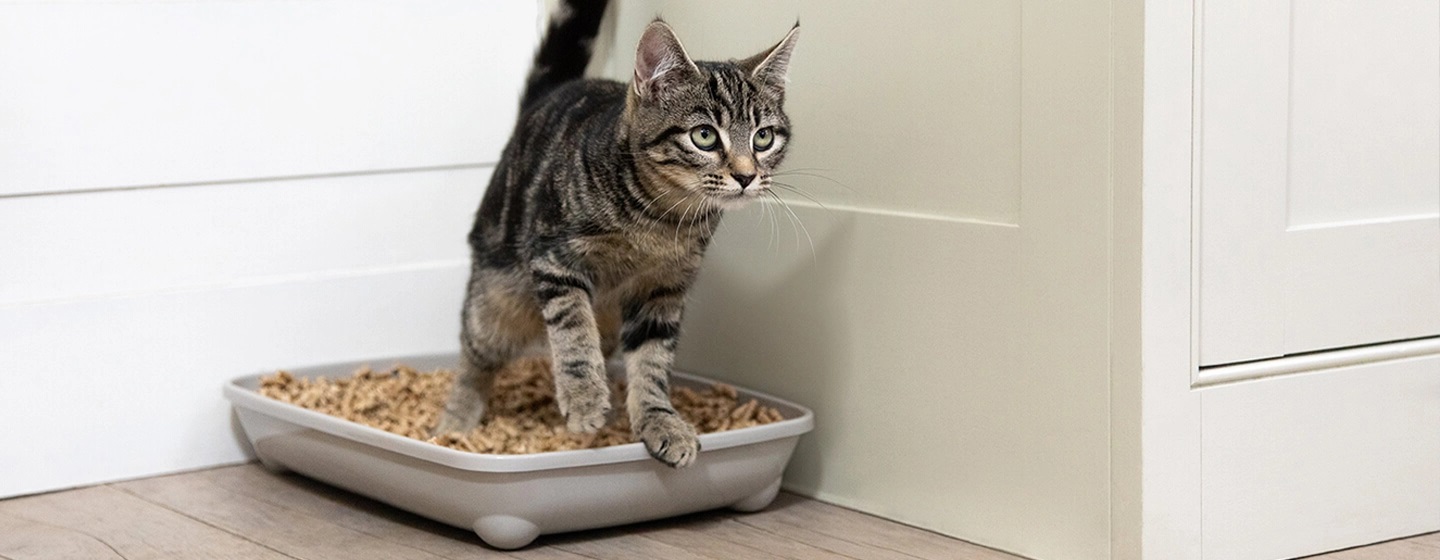

Kitchen Organizing Tools
How Do Kittens Know To Use A Litter Box
Modified: February 26, 2024
Discover how kittens instinctively know to use a litter box and explore essential kitchen organizing tools for a tidy and efficient space. Unlock the secrets of kitten training and kitchen organization today!
(Many of the links in this article redirect to a specific reviewed product. Your purchase of these products through affiliate links helps to generate commission for Storables.com, at no extra cost. Learn more)
Introduction
Welcoming a new kitten into your home is an exciting and heartwarming experience. As you watch the tiny furball explore its surroundings with wide-eyed curiosity, you may find yourself marveling at how effortlessly it adapts to using the litter box. The question arises: How do kittens instinctively know to use a litter box?
Understanding the innate behaviors and learning mechanisms that contribute to a kitten's litter box acumen can shed light on this fascinating phenomenon. From instinctual behavior to observational learning and scent marking, a kitten's ability to use a litter box is a multifaceted process that showcases the remarkable adaptability and intelligence of these endearing creatures.
As we delve into the intricacies of a kitten's litter box habits, we'll uncover the fascinating ways in which nature and nurture intersect to shape their behavior. Let's embark on a journey to unravel the mysteries behind a kitten's instinctual understanding of the litter box, shedding light on the remarkable cognitive abilities of these adorable companions.
Key Takeaways:
- Kittens instinctively use litter boxes due to their natural urge to bury waste, learned from their wild ancestors. Observing their mother and littermates also helps them understand the importance of the litter box.
- Scent marking in the litter box helps kittens communicate, feel secure, and enrich their environment. Their ability to use the litter box showcases their remarkable adaptability and intelligence.
Read more: When Do Kittens Use A Litter Box?
Instinctual Behavior
From the moment kittens are born, they exhibit remarkable instincts that guide their behavior, including the instinct to use a litter box. This innate behavior is rooted in their natural inclination to bury their waste, a trait inherited from their wild ancestors. In the wild, this instinct serves to conceal their presence from potential predators and rivals, contributing to their survival. This deeply ingrained behavior is a testament to the remarkable adaptability and intelligence of felines.
Kittens, even at a tender age, display an innate understanding of the importance of maintaining cleanliness in their living space. As they begin to explore their environment, they are drawn to the texture of the litter, which mimics the natural substrate they would use in the wild. This familiarity with the texture of the litter, combined with their instinct to bury their waste, leads them to gravitate towards the litter box as a designated spot for their elimination needs.
Furthermore, the scent of the litter box plays a pivotal role in triggering a kitten's instinctual behavior. The familiar scent of their own waste, combined with the scent of the litter, creates a comforting and familiar environment for the kitten. This association reinforces the kitten's natural inclination to use the litter box, as it aligns with their instinctual drive to maintain cleanliness and conceal their presence in the wild.
As kittens grow and develop, their instinctual behavior continues to guide their interactions with the litter box. This instinctual understanding, coupled with their remarkable adaptability, underscores the seamless integration of litter box usage into their daily routine. It is a testament to the intricate interplay between nature and nurture, as the instinctual behavior of kittens converges with their learning experiences to shape their litter box acumen.
In essence, the instinctual behavior of kittens in using a litter box is a testament to the remarkable adaptability and intelligence of these endearing creatures. Their innate understanding of cleanliness and waste management, coupled with their instinct to bury their waste, culminates in a seamless and instinct-driven utilization of the litter box. This instinctual behavior sets the stage for further learning and development, laying the foundation for a harmonious coexistence between kittens and their human companions.
Observational Learning
Observational learning plays a pivotal role in a kitten's acquisition of litter box skills. As social creatures, kittens are keen observers of their surroundings, and they often learn by emulating the behaviors of their mother and littermates. This process of observational learning begins at a young age and continues as they grow and develop.
When a kitten observes its mother using the litter box, it instinctively recognizes the purpose and significance of this designated area. The mother's demonstration of digging, eliminating, and covering her waste serves as a powerful model for the kitten, imprinting the importance of the litter box in their developing consciousness. This observational learning experience instills a sense of routine and hygiene, laying the groundwork for the kitten's future litter box habits.
Furthermore, littermates also play a crucial role in a kitten's observational learning journey. As they interact and play with each other, kittens observe and learn from their littermates' behaviors, including their use of the litter box. This communal learning experience fosters a sense of familiarity and comfort with the litter box, as the kitten internalizes the sight and sound of their littermates engaging with this essential resource.
As the kitten transitions to its new home, the observational learning process continues as it observes the behaviors of its human caregivers. By witnessing the consistent use of the litter box by humans and other pets in the household, the kitten further solidifies its understanding of this designated elimination area. The visual cues and routines observed in the home environment reinforce the importance of the litter box in the kitten's developing cognitive framework.
In essence, observational learning serves as a powerful mechanism through which kittens assimilate the significance of the litter box into their daily routine. The collective influence of their mother, littermates, and human caregivers shapes their understanding of this essential resource, paving the way for a seamless integration of litter box usage into their lives. This process underscores the profound impact of observational learning in nurturing a kitten's instinctual understanding of the litter box, highlighting the interconnectedness of social dynamics and learning experiences in shaping their behavior.
Kittens instinctively use a litter box because they are naturally drawn to dig and bury their waste. To encourage litter box use, place the kitten in the box after meals and naps, and keep the box clean.
Scent Marking
Scent marking is a fundamental aspect of a kitten's communication and territorial behavior. Through the act of urinating and defecating in the litter box, kittens engage in scent marking as a means of establishing their presence and territory within their environment. This instinctual behavior is deeply rooted in their evolutionary heritage and serves as a vital form of communication among felines.
When a kitten uses the litter box, it leaves behind scent markers in the form of urine and feces. These markers contain pheromones, chemical substances that convey information to other cats about the kitten's identity, reproductive status, and territorial boundaries. In the wild, this form of communication is crucial for establishing and maintaining social hierarchies, as well as for signaling potential mates and rivals.
In a domestic setting, scent marking through litter box usage serves a similar purpose. The pheromones deposited in the litter box convey a wealth of information to other pets in the household, creating a nuanced olfactory landscape that shapes their interactions and social dynamics. Additionally, the familiar scent of the litter box provides a sense of security and comfort to the kitten, reinforcing its attachment to this designated elimination area.
Moreover, scent marking in the litter box also serves as a form of self-affirmation for the kitten. By leaving its scent in the litter box, the kitten reaffirms its presence and ownership of the territory, fostering a sense of security and confidence in its environment. This act of scent marking contributes to the kitten's overall well-being and psychological stability, as it aligns with their innate need for security and territorial identity.
Furthermore, the scent markers left in the litter box serve as a form of environmental enrichment for the kitten. The olfactory stimulation provided by the pheromones contributes to the sensory richness of their living space, creating a multi-dimensional experience that resonates with their natural instincts and behaviors. This sensory enrichment fosters a sense of contentment and fulfillment for the kitten, promoting their overall welfare and emotional health.
In essence, scent marking through litter box usage is a multifaceted behavior that encompasses communication, territoriality, and emotional well-being for kittens. The act of depositing scent markers in the litter box serves as a testament to the intricate interplay between instinctual behaviors and environmental cues, highlighting the profound significance of scent marking in shaping a kitten's relationship with their living space.
Conclusion
In conclusion, the innate ability of kittens to use a litter box is a testament to the remarkable blend of instinctual behaviors, observational learning, and scent marking that shape their relationship with this essential resource. From the moment they enter the world, kittens demonstrate a natural inclination to maintain cleanliness and conceal their waste, reflecting the deeply ingrained instincts inherited from their wild ancestors. This instinctual behavior sets the stage for their seamless integration of litter box usage into their daily routine, showcasing their remarkable adaptability and intelligence.
Furthermore, the process of observational learning, facilitated by the guidance of their mother, interactions with littermates, and observations of human caregivers, plays a pivotal role in imprinting the significance of the litter box in the developing consciousness of kittens. Through these collective learning experiences, kittens assimilate the routine and hygiene associated with the litter box, solidifying their understanding of this designated elimination area.
Scent marking, a fundamental aspect of a kitten's communication and territorial behavior, further enriches their relationship with the litter box. By depositing scent markers in this designated area, kittens engage in a form of self-affirmation, communication with other pets, and environmental enrichment, contributing to their overall well-being and sense of security.
The seamless integration of instinctual behaviors, observational learning, and scent marking culminates in a holistic understanding of a kitten's instinctive knowledge of using a litter box. This multifaceted process underscores the profound interconnectedness of nature and nurture in shaping a kitten's behavior, highlighting the remarkable cognitive abilities and adaptability of these endearing companions.
As we marvel at the seamless and instinct-driven utilization of the litter box by kittens, we gain a deeper appreciation for the intricate interplay of biological instincts, social dynamics, and environmental cues that contribute to their litter box acumen. This understanding not only enriches our bond with these beloved feline companions but also serves as a testament to the remarkable depth and complexity of their behavioral repertoire.
Frequently Asked Questions about How Do Kittens Know To Use A Litter Box
Was this page helpful?
At Storables.com, we guarantee accurate and reliable information. Our content, validated by Expert Board Contributors, is crafted following stringent Editorial Policies. We're committed to providing you with well-researched, expert-backed insights for all your informational needs.
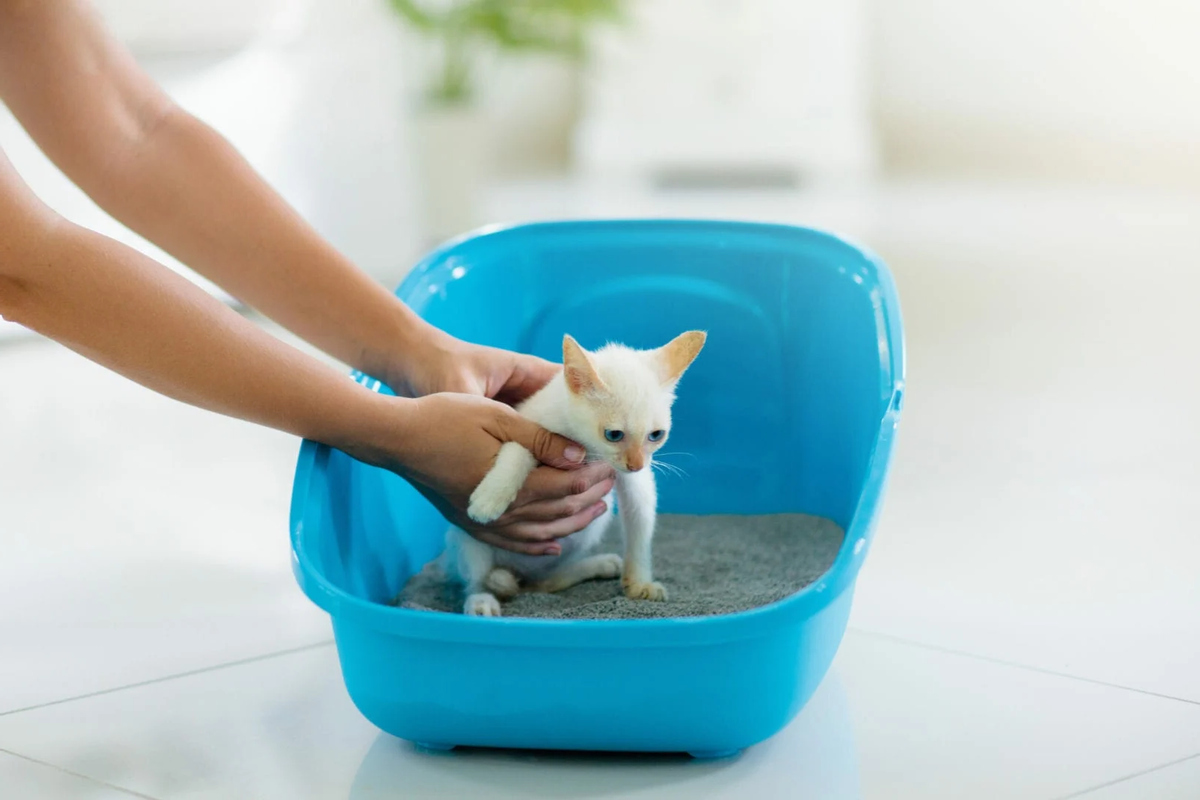
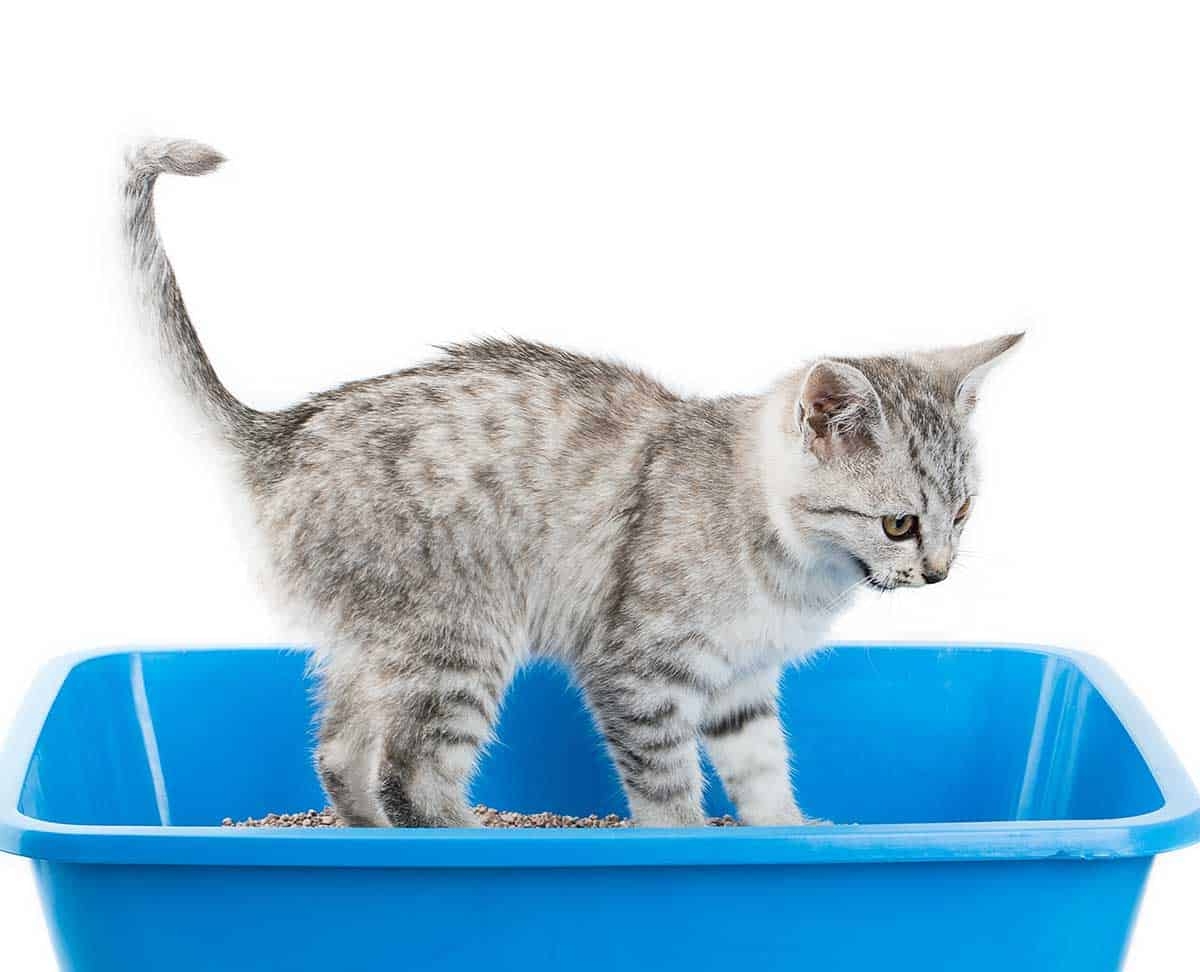
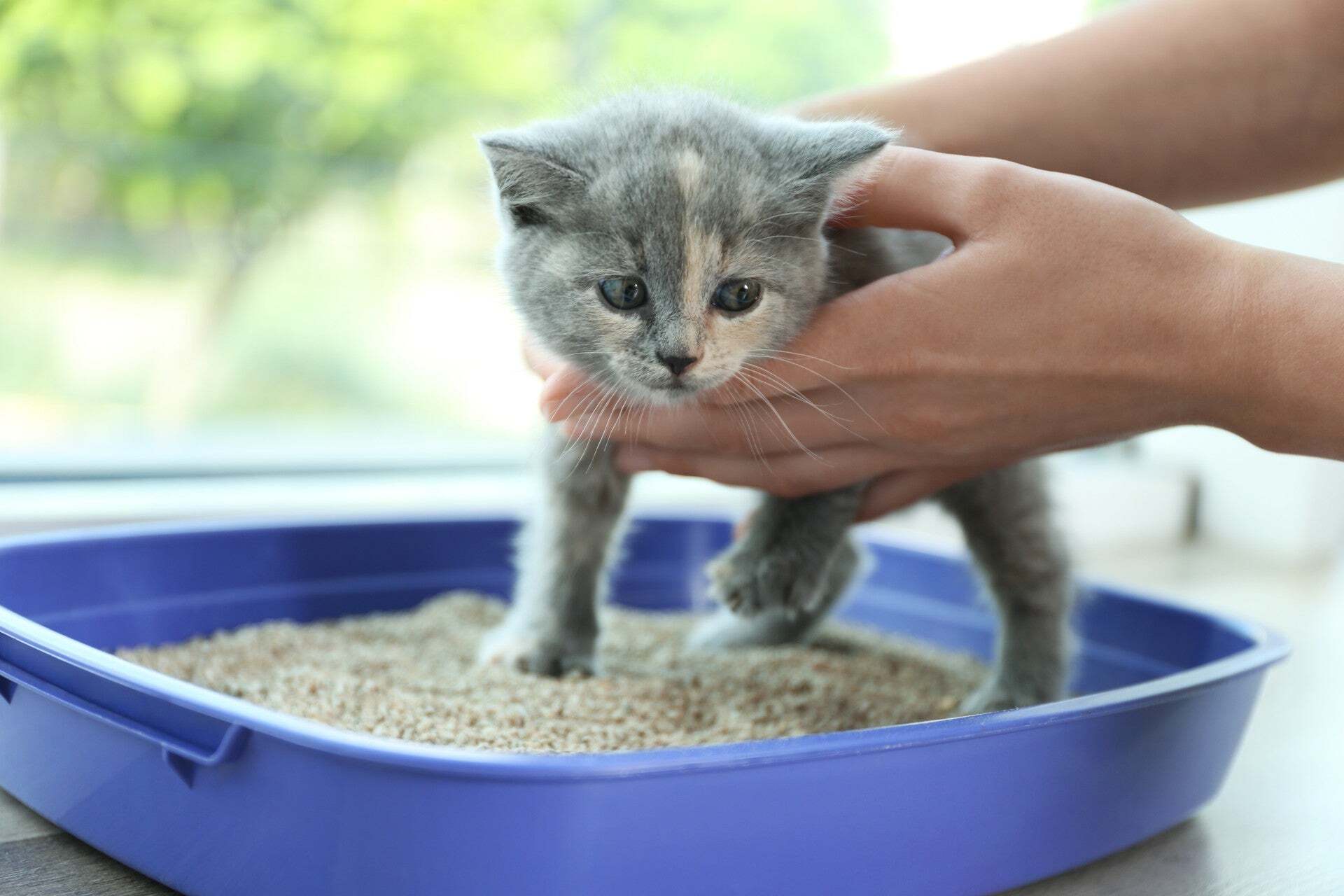
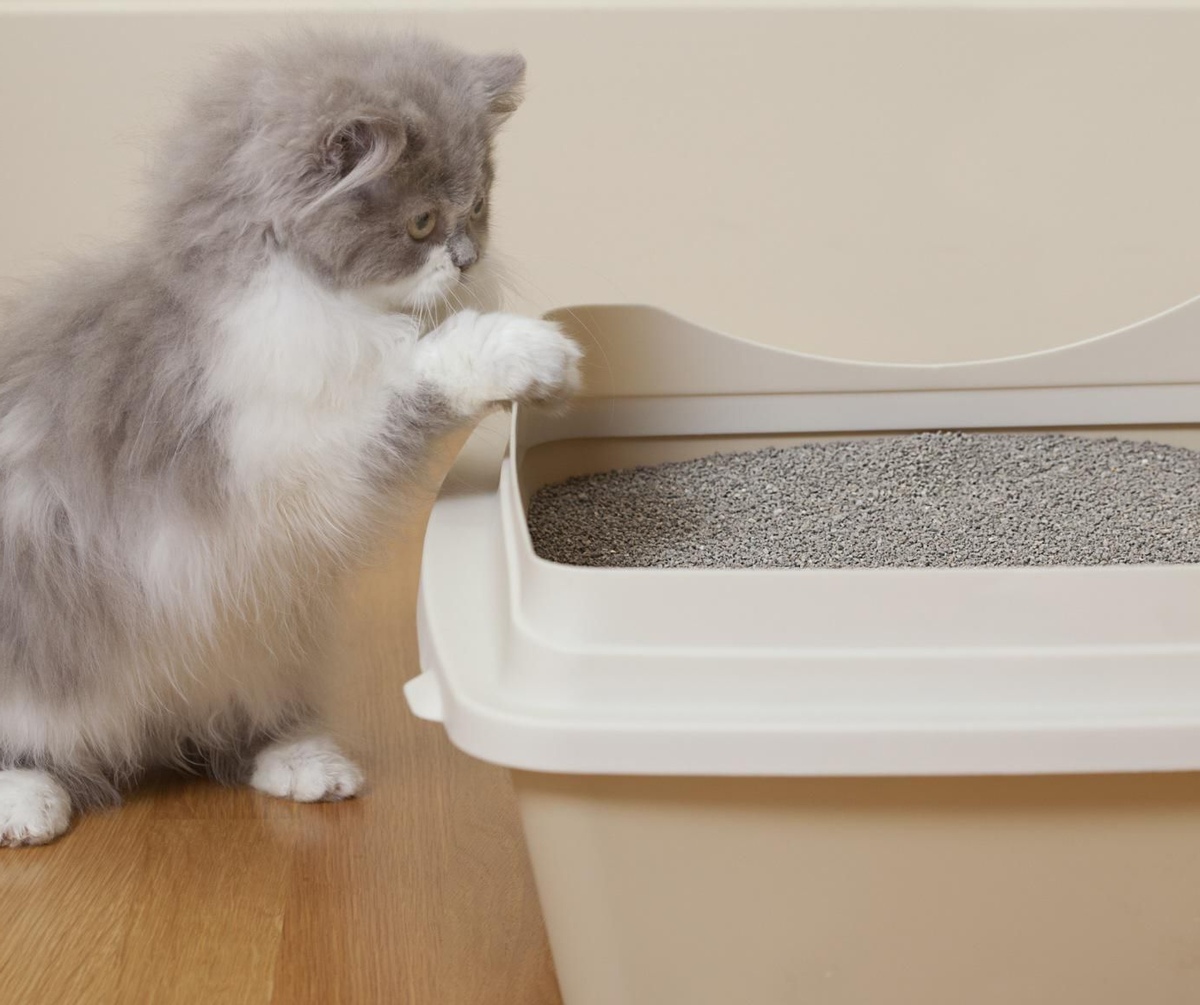
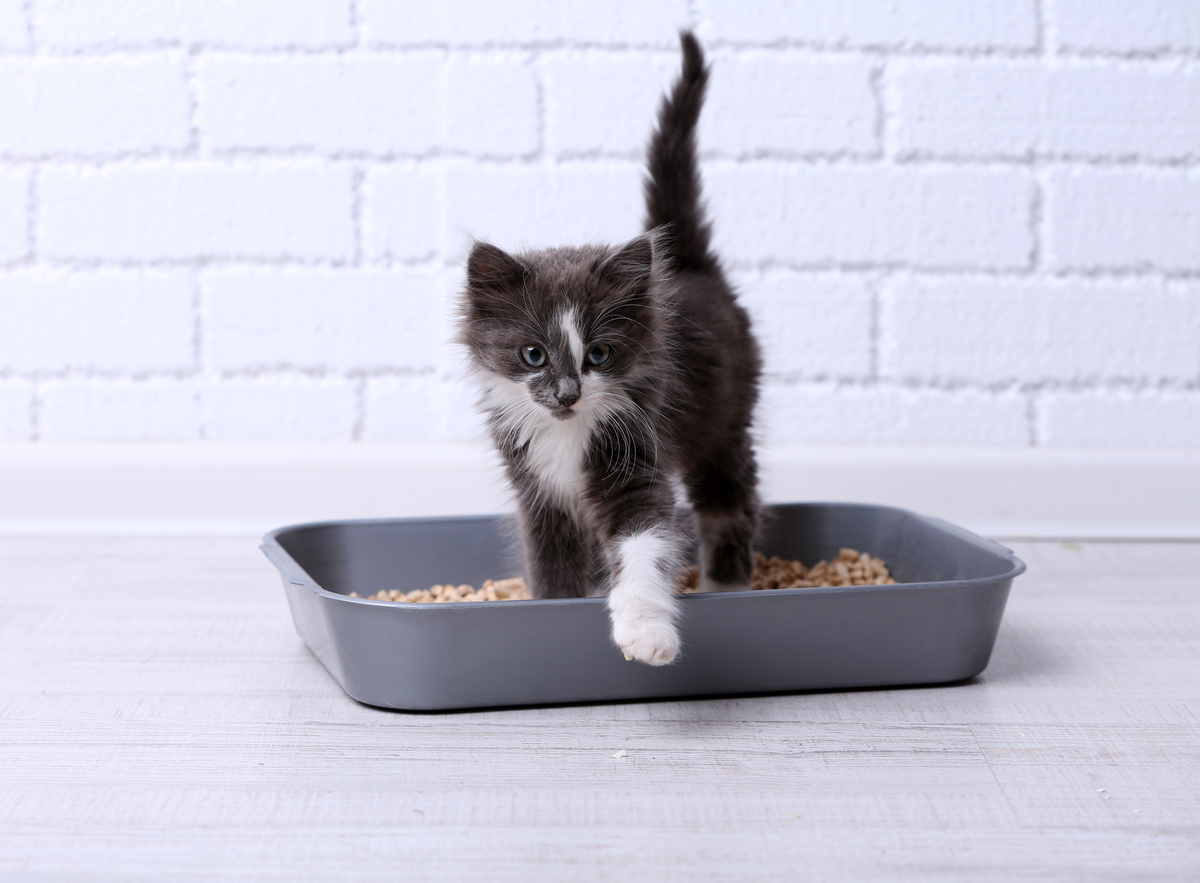
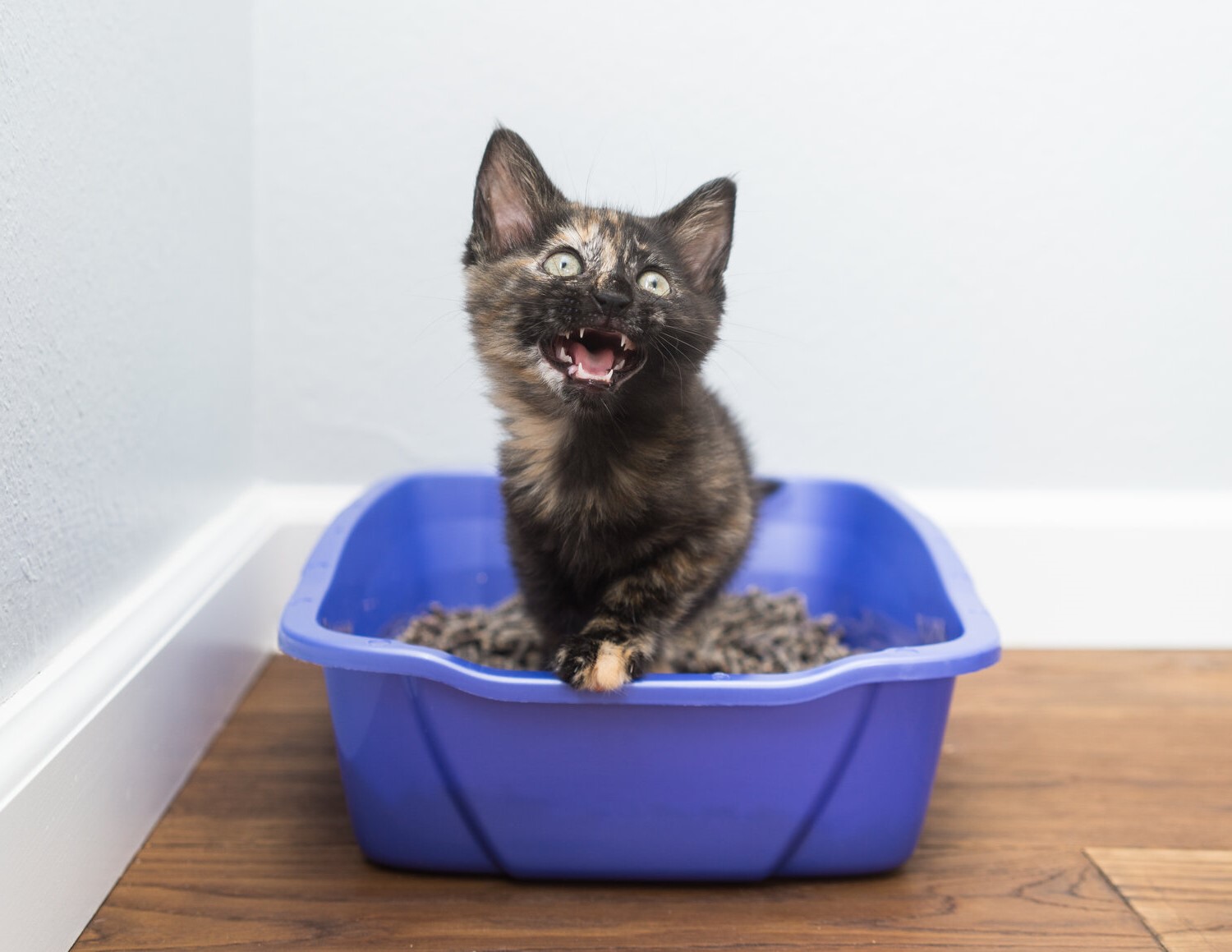
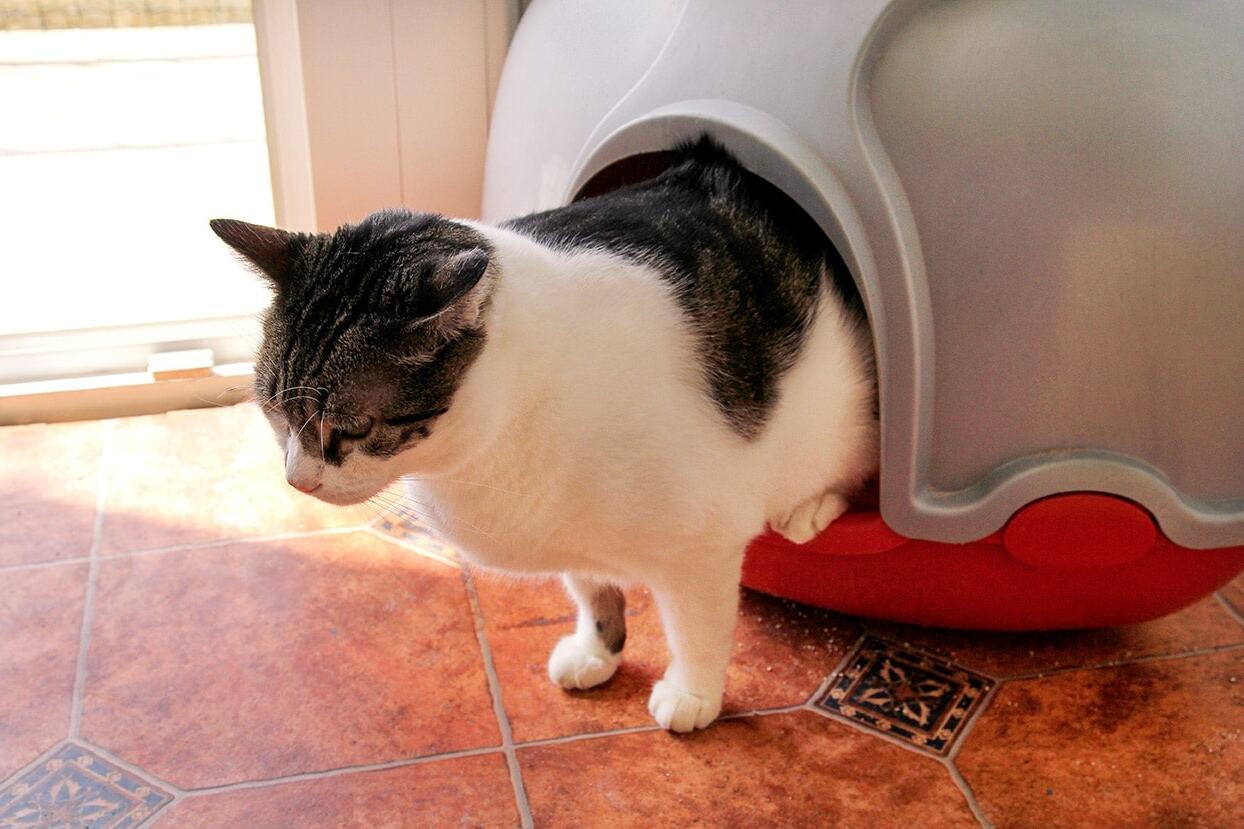
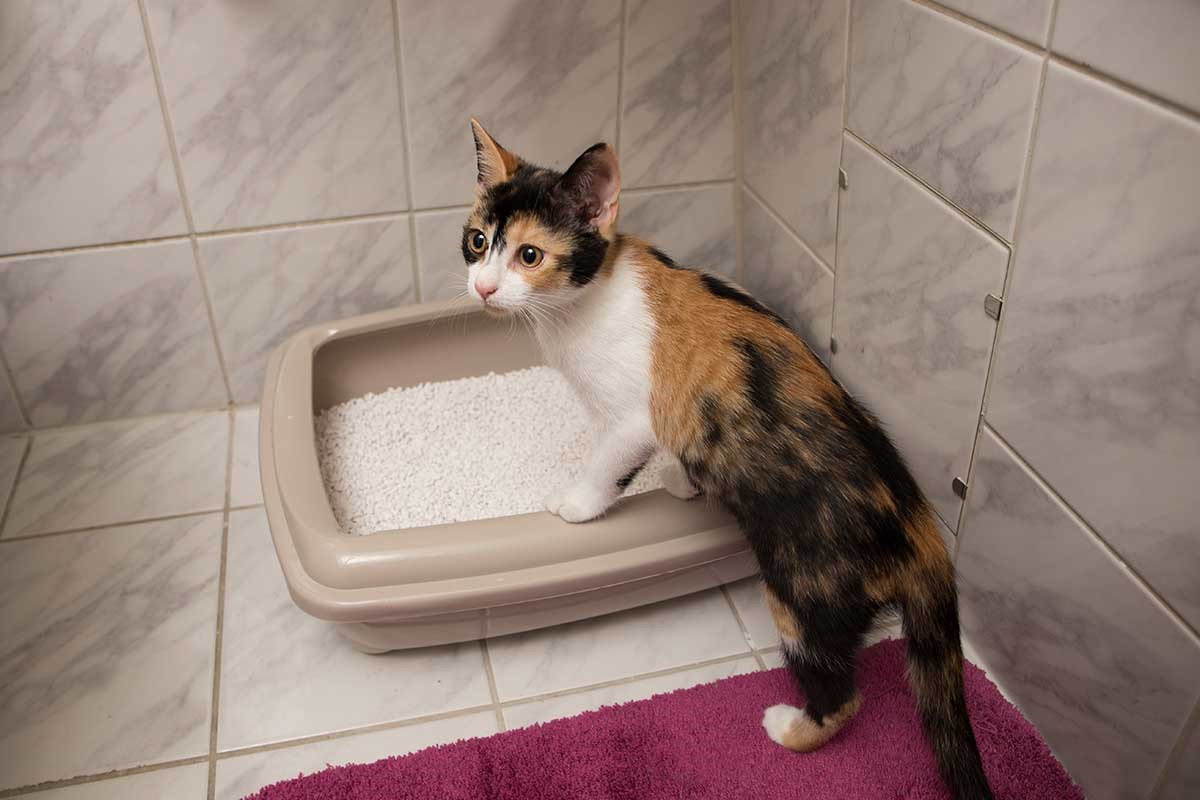
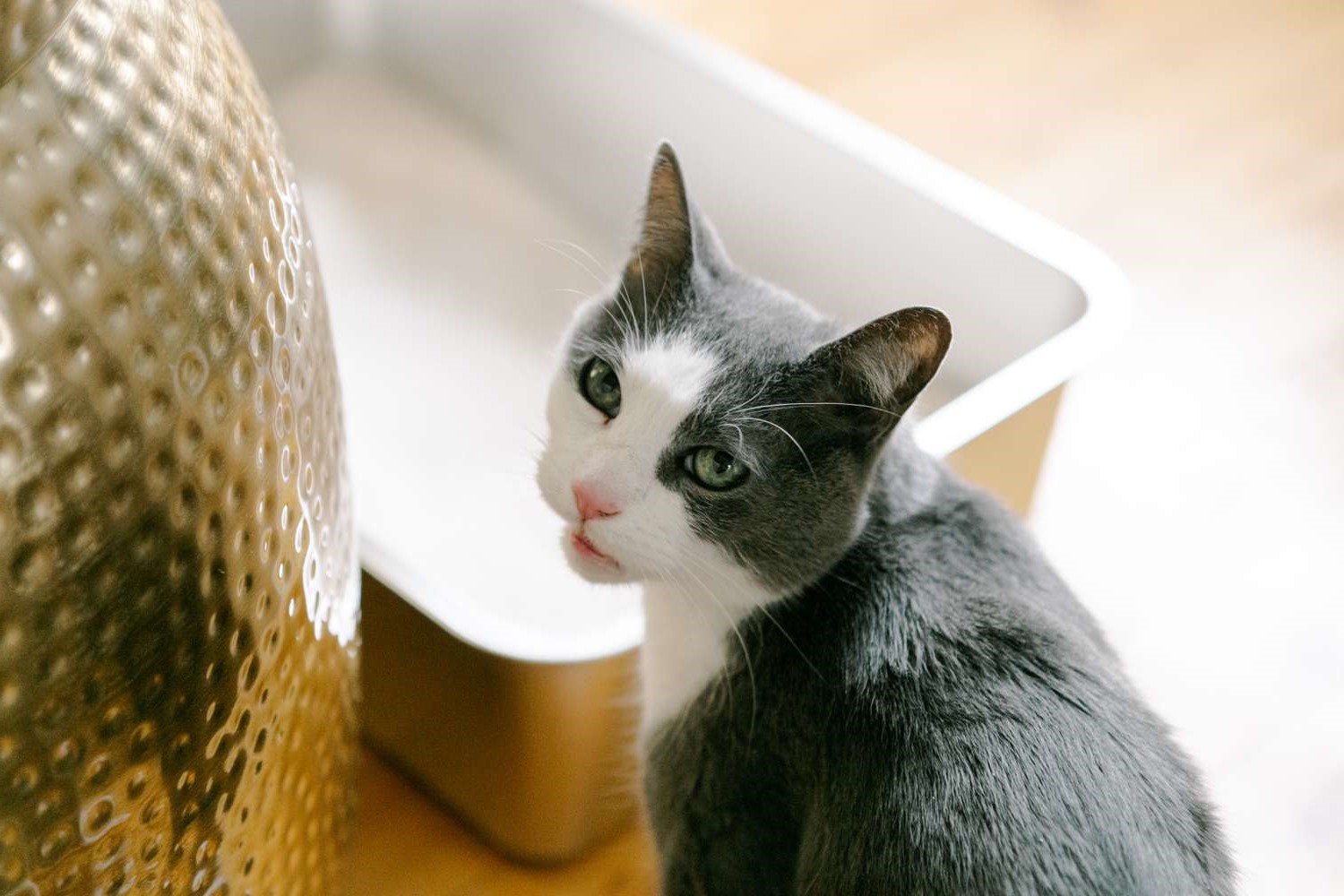
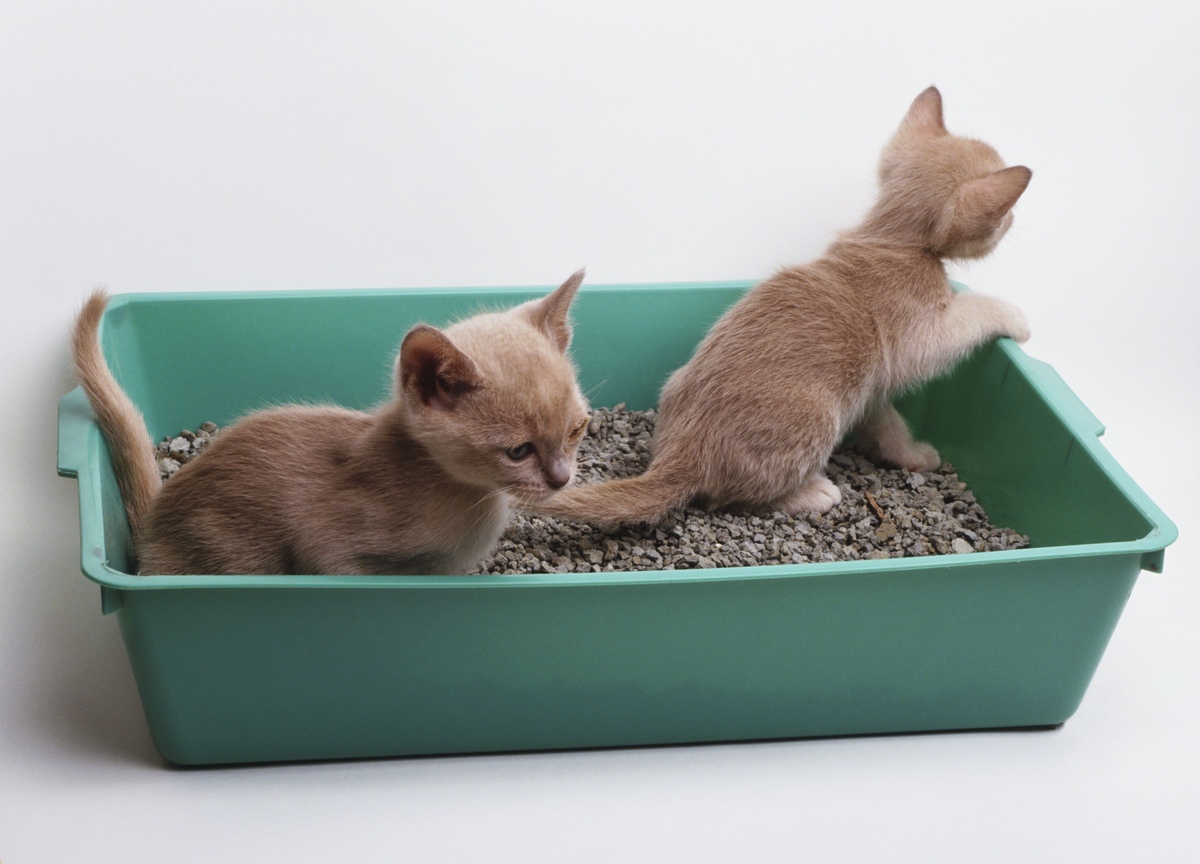
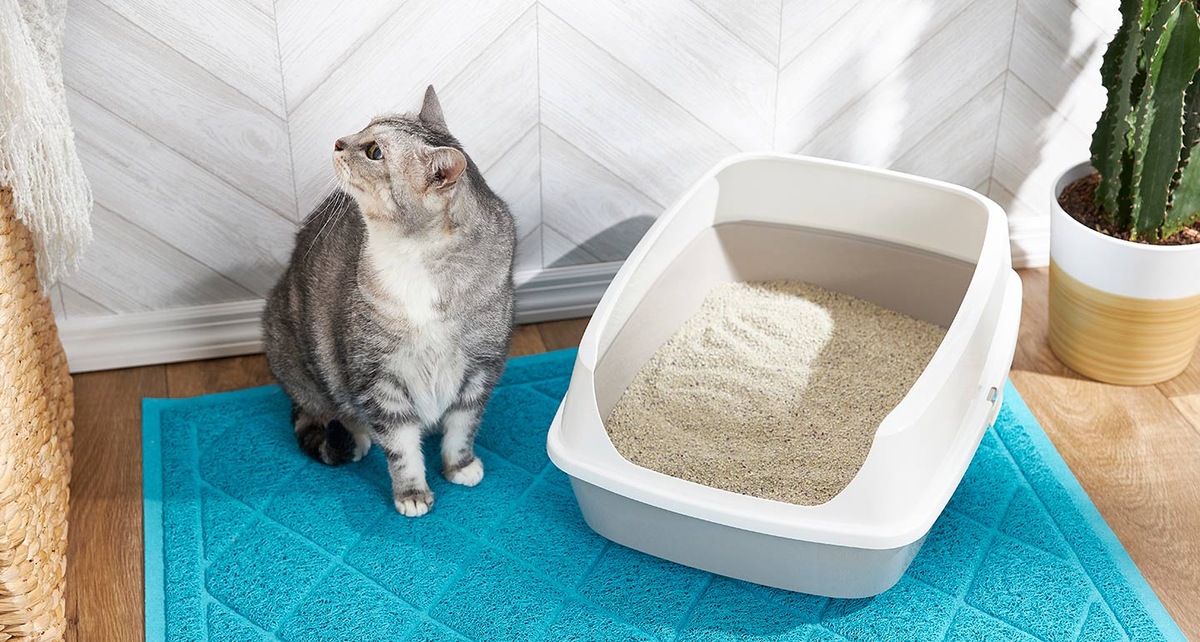

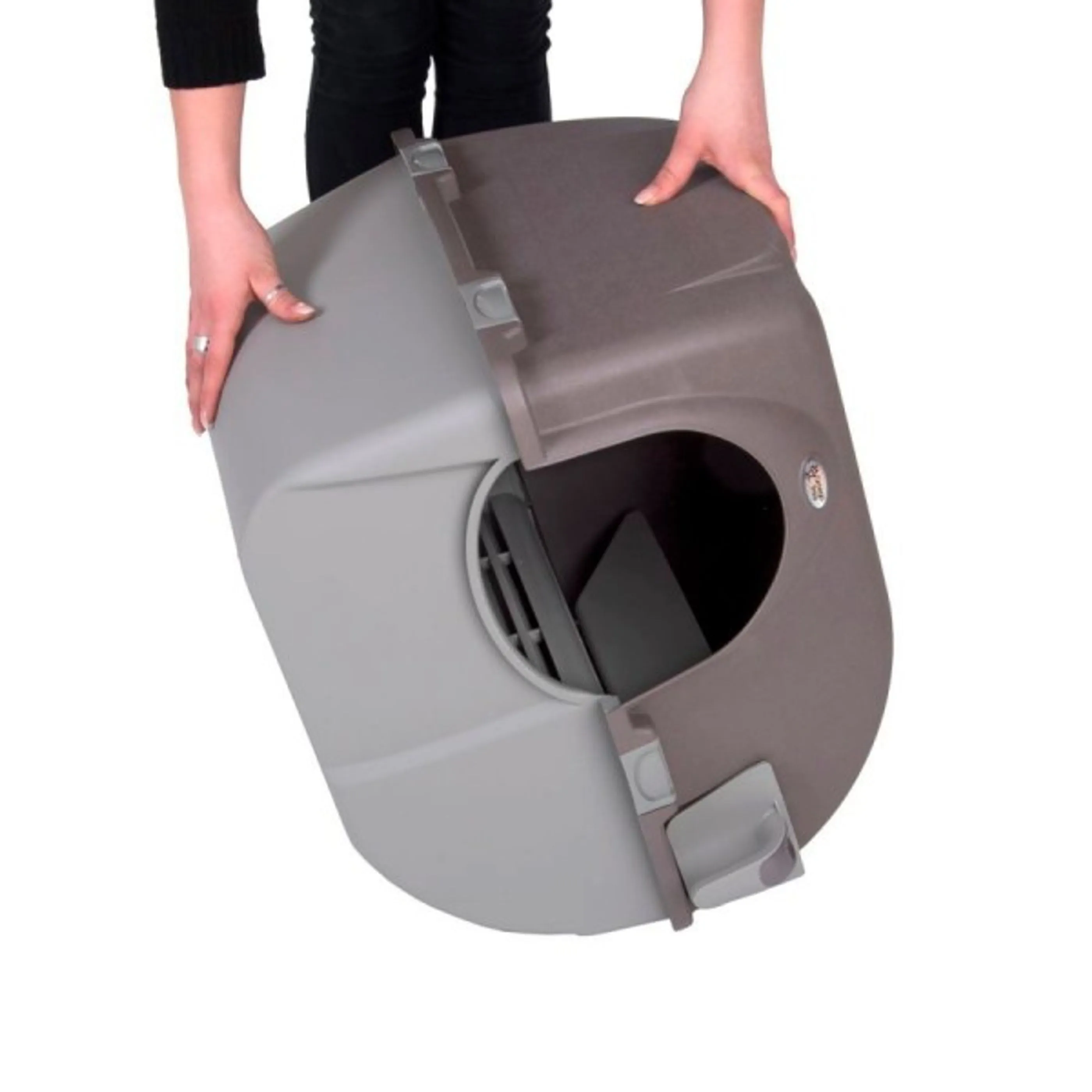
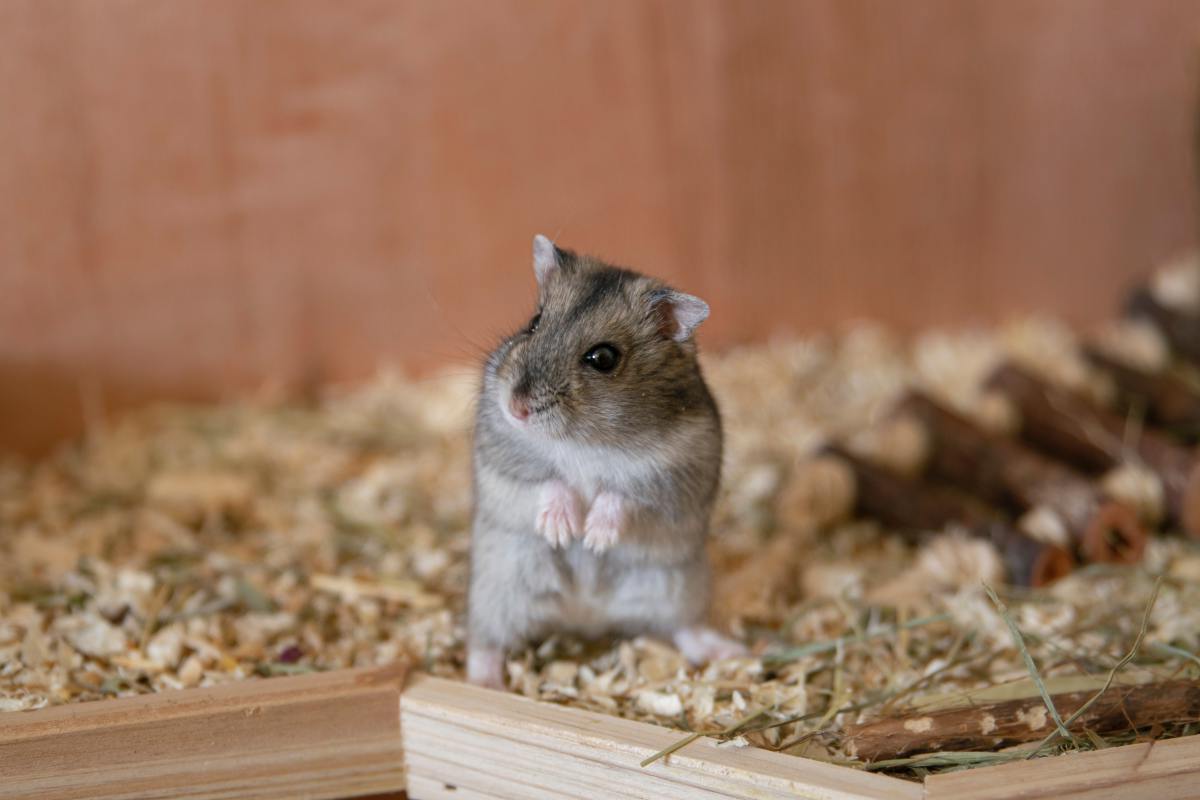
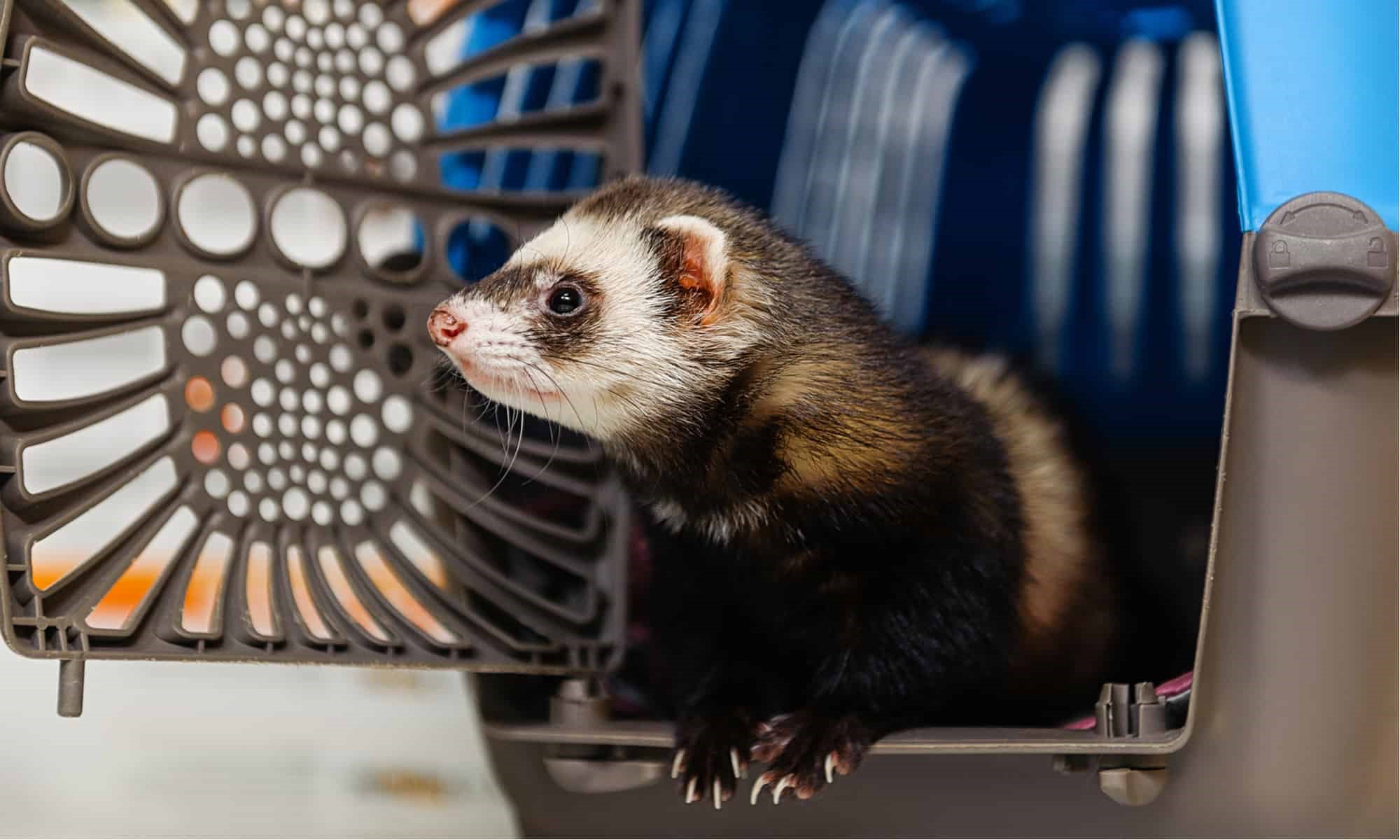

0 thoughts on “How Do Kittens Know To Use A Litter Box”